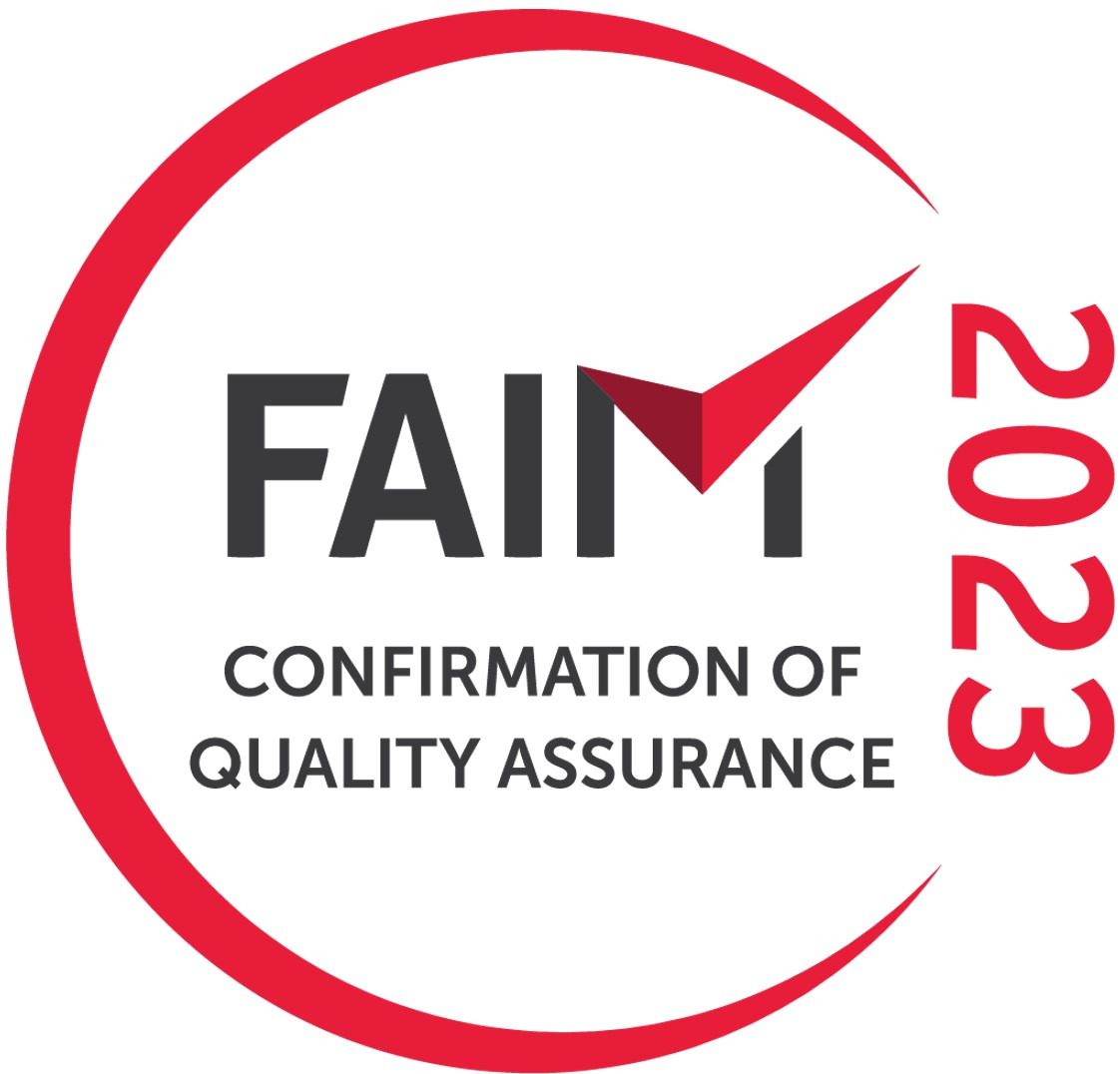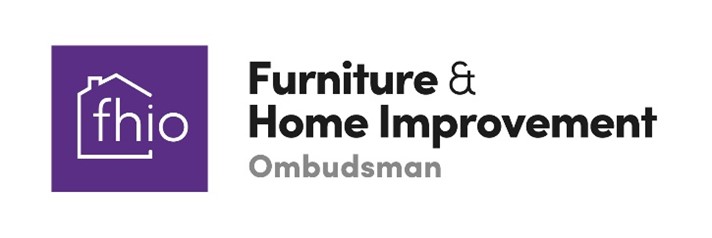Moving to a new country has many challenges and moving to Canada with its long, freezing winters can cause problems with housing, which are new to those who haven’t lived in such a climate before. As they say, prevention is better than cure and certainly a lot cheaper. Following a few simple preventative measures before the winter sets in and knowing how to solve winter house maintenance problems will ensure a relatively stress free winter on the house front.
Ice Dams
Those who live in warmer climes have probably never heard of an ice dam. An ice dam is a wall of ice which forms on the very edge of a roof and blocks snow and water from falling or flowing off the roof. As the water has nowhere to go, it may leak into the house causing damage to ceilings, insulation, walls and furniture etc.
The melting snow is caused by the temperature of the roof being higher than the outside temperature. To solve this problem, make sure the ceiling leading to the roof/attic space is properly sealed so no warm air can flow into that space and there is adequate insulation. Before winter sets in, clear the gutters of all leaves and debris. After a snow storm try and remove as much snow as possible from the roof with a roof rake or hire a company to do it for you. If there is water leaking through the roof, cut a water way in the ice dam so it can escape. Alternatively have some roof heat tape (heat cables) installed which will prevent ice dams from forming.
Trees
As winter approaches, check all the trees in your garden and surrounds to see if any of them look diseased or if any branches look as if they could break under the weight of snow or during high winds. If snow lays heavily on tree branches, brush it off with a broom. Shaking the snow off the trees can cause branches to snap. Remember is a tree or branch falls on a neighbouring property, it is your responsibility and you will liable for the repair costs.
Footpaths and Walkways
Keep footpaths on your property and outside it, free from snow and ice. Some towns in Canada actually fine people for not keeping the paths clear of ice and snow. Keep a pile of pet friendly sand on hand and mark the edge of the paths so you know where the path ends and the flower beds and/or lawns begin. If you are going away for a holiday, hire someone to clear the paths for you while you are away, to avoid a fine and so you can find your front door when you return.
Preventing Frozen Pipes
Frozen pipes can burst, leading to extensive water damage and costly repairs. A few simple preventative measures will ensure that your Canadian winter isn’t ruined. Insulate all your pipes, especially those that are in unheated areas of the home. Make sure you disconnect hoses from outside taps. When you are away keep the heating at a minimum of 12°C.
If a pipe freezes, turn on the tap of the offending pipe and get warm air on to it with a hairdryer, heated pad or other form of safe warm air. Check around the home to see if there are any more frozen pipes. If you can’t get to the frozen pipe or it doesn’t want to thaw, call a plumber.
Heating System
The last thing you want during the winter is for your heating system to break down. Again, prevention is better than cure. If you use oil, have the boiler cleaned annually. Gas boilers should be serviced every 3 years. Filters should be changed regularly. If you have high efficiency heating systems installed, make sure all the outlets are free from ice and snow.
Preventing Cold Air from Penetrating the House
Ensure there are no gaps around the doors and windows, or places where taps, air conditioners or air vents penetrate a wall. Make sure the weather stripping around doors and windows is not damaged and replace it if it is. Check for any cracks in the foundation walls and seal if necessary. By following a few simple rules, winter will come and go and the home will be as good as new.















